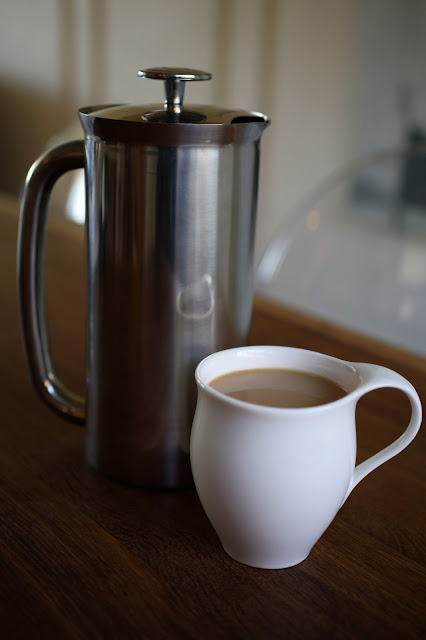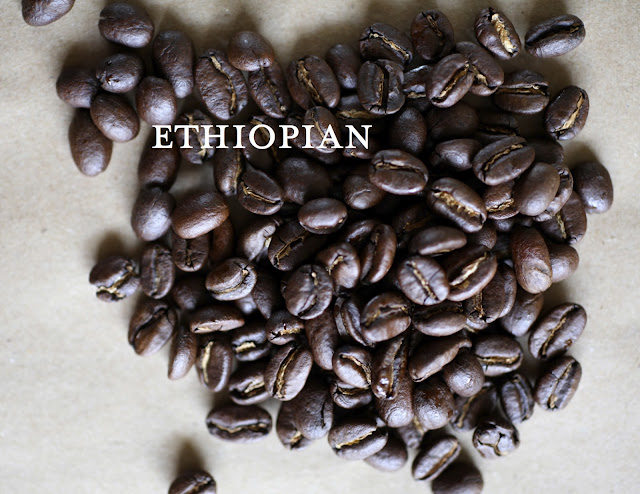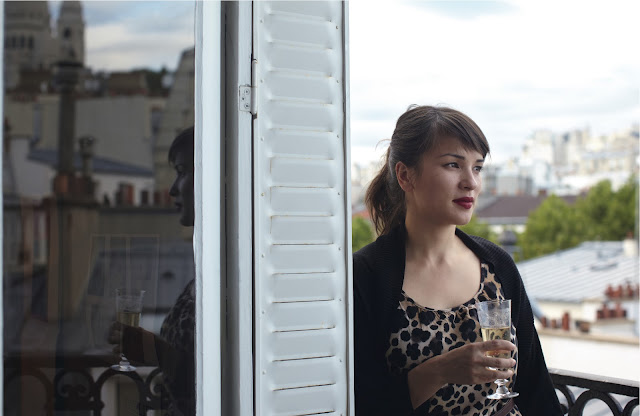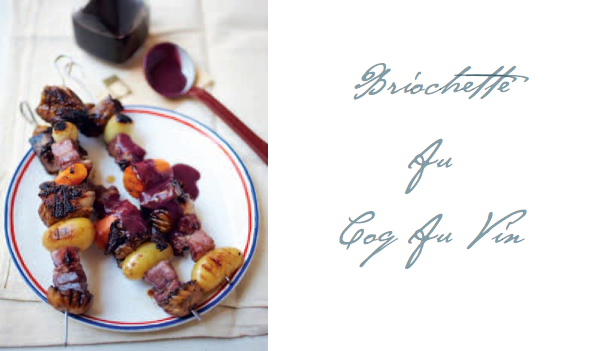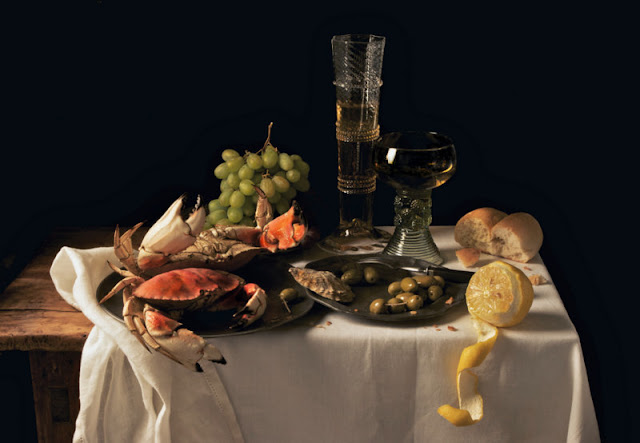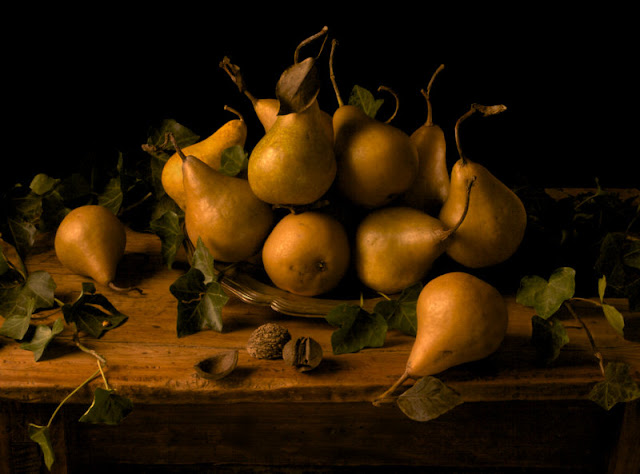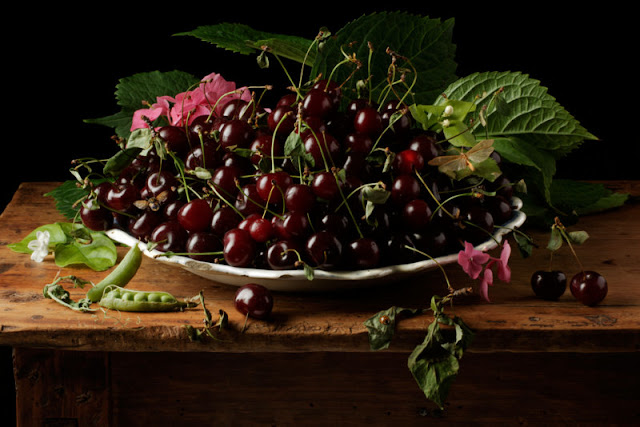Foodie Friday | The Ultimate French Press by Espro
I am a coffee lover. Not an addict per se – one or at the most two cups in the morning is the maximum indulgence – but a lover of a really good cup. I much prefer quality over quantity in this department, and as such have long been a fan of French Press over drip brewed. The experience is a much richer, more aromatic coffee, but for years I’ve been wrestling with two problems: one, I regularly break the glass beakers; and two, I don’t enjoy the sludge in the bottom of my cup.
I have been searching for a double-walled stainless steel French Press for the last couple of years that would at least solve problem number one. I just hadn’t found one I loved. Well, to my great delight, I finally stumbled upon a French Press that in fact solves both problems with elegance and ease. Even better, the Espro Press is the creation of Canadian innovators. We are called the Inovation Nation for a reason! And to truly make them the hippest coffee kids on the block, co-founders Bruce Constantine and Chris MacLean got it all started with a Kickstarter campaign.
Espro claims that their unique micro-filtration allows more of the natural oils from the coffee beans to emerge in the cup, so I decided to test it out. {Spoiler alert: they’re right}
I chose 3 different roasts from my local Whole Foods to see what flavours would come alive with my favourite new way to brew.
For my medium roast, I chose a single origin Ethiopian. Coffee is very important to the Ethiopian economy, with about 25% of Ethiopians deriving their income from coffee growing and harvesting.
This coffee is brighter and more acidic than I usually prefer, but I was wooed by the fruit-kissed, earthy roundness I experienced which was no doubt brought to the fore by Espro‘s micro-filtration.
For my medium-dark roast, I chose the organic Bel Canto Espresso.
A blend of heavy and nutty coffees from the Americas are mixed with a splash of Ethiopian beans for an elegant brewed cup of coffee. Of course this particular roast is amazing as Espresso. I like steeping it extra-long so it gets a bit syrupy and dramatic.
For my dark roast, I chose my go-to classic: the organic Italian Roast.
Just looking at these glossy, dark beans you get a sense of the hearty richness you can expect in your cup. This one was the most pleasant surprise because it was the roast most familiar to my palette. The rich, velvety depth of the roast was beautifully balanced by the sweetness and aromatics. Amazing.
My two top tips:
1. Choose a burr coffee grinder for a more even grind of your fresh beans, and keep the grind coarse
2. Steep the coffee for at least 4 minutes, stirring the beans into the water every 1-2 minutes, but letting them rest the last minute before you press.
Simply put, my daily coffee ritual will never be the same! Thank you, Bruce and Chris, for being such passionate innovators and for solving all our French Press dilemnas. Now all we’re left to do is enjoy connecting with good friends over a perfect cup.
xo
s.


